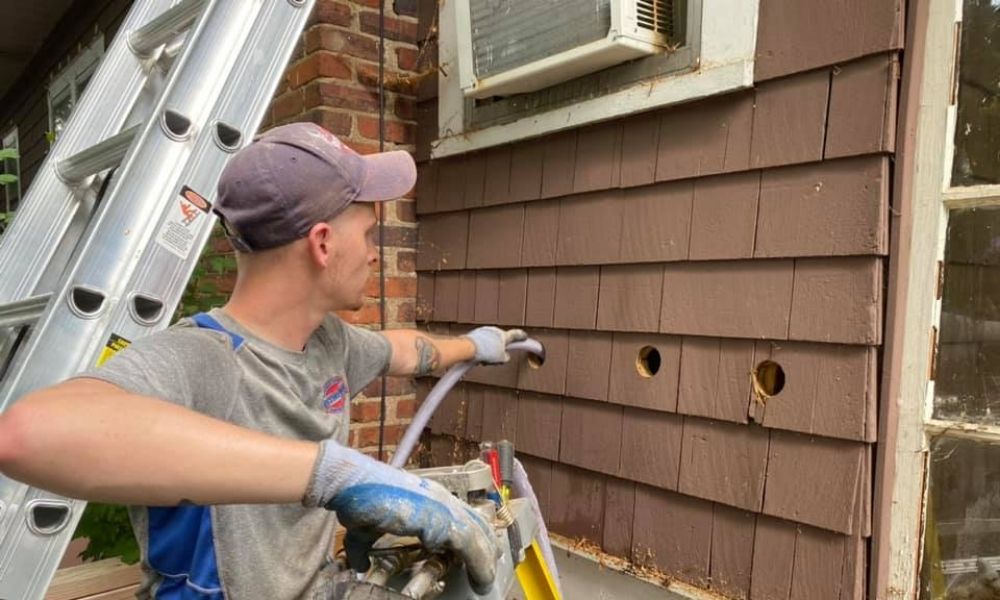Foam filling is a process that helps to ensure the perfect installation of any product. By using advanced techniques, foam filling can help to ensure that the product is firmly attached to the substrate and that there are no gaps or crevices.
There are several different ways in which foam filling can be used to achieve these goals. Some of the most common techniques include:
- Foam injection: This is a method in which liquid foams are injected into cracks or holes to fill them and create a stable seal. It’s often used when installing windows, doors, or other large objects.
- Foam lamination: In this process, two thin sheets of foam are placed face down on top of each other and then heat and pressure are applied until they become one cohesive unit. This is often used for installations where multiple pieces need to be joined together seamlessly.
- Foam encapsulation: In this method, liquid foams are injected into cavities or spaces to form a sealant that prevents moisture from entering and causing damage. It’s often used for installations such as air conditioning systems, roofs, walls, and floors.
Different Types of Foam to Consider for the excellence of our place
Different types of foam can be used for different purposes. When it comes to filling up any space, the type of foam you choose is important for the quality of your finished product.
Some common types of foam include polyurethane, polystyrene, and closed-cell polyethylene foams. Each has its unique properties that can be beneficial in certain situations.
For example, polyurethane foams are often used as insulation because they have good thermal resistance and a high R-value (a measure of insulation power). They’re also easy to seal and protect against moisture and pests. Polystyrene foams are cheaper and lighter than other types of foam, but they don’t have as good an insulation capacity or durability. Closed-cell polyethylene foams are a hybrid between the two, offering good insulation properties along with being lightweight and durable.
Tips on Best Care Practices for Foam-Filled Furniture
There are a few things that you should keep in mind when it comes to foam-filling furniture:
- Keep the foam dry. If it gets wet, it will start to crack and lose its shape.
- Do not use harsh chemicals or cleaners on the foam. These can damage the material and cause it to sag or even fall apart.
- Do not place heavy objects on top of the foam, as this can also cause damage.
- Clean the surface with mild soap and water every once in a while, and then wipe down with a dry cloth if necessary.
- Wipe down the surface of the furniture with a dry cloth every week or two to remove any dirt or dust particles.
- If spills or fluid marks occur, clean them up as soon as possible using a mild soap and water solution. Do not use harsh chemicals or cleaners, as this could damage the furniture.
- Store your foam-filled furniture in a cool, dry place away from direct sunlight.




